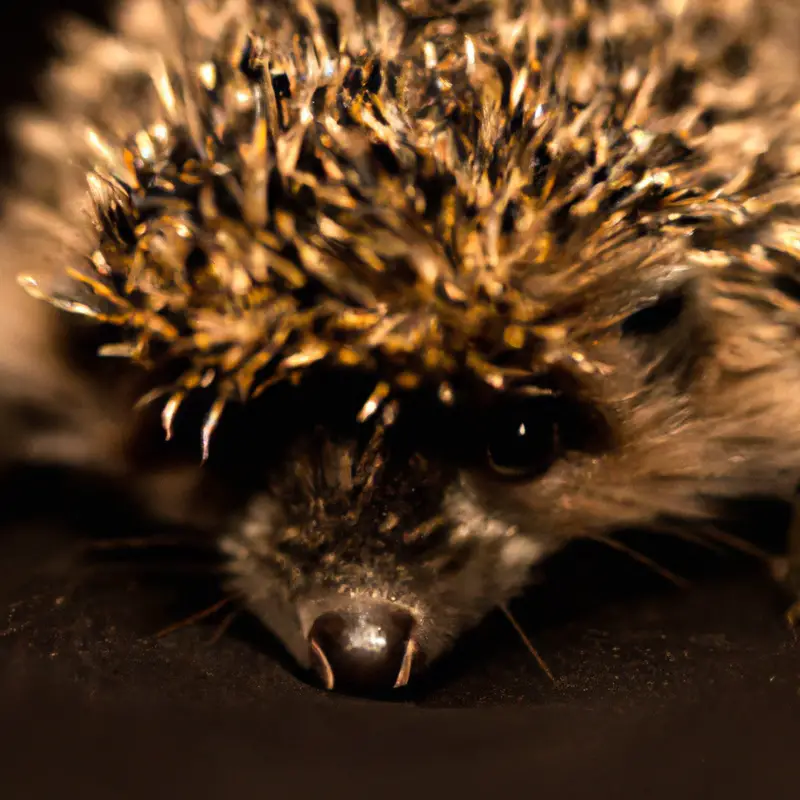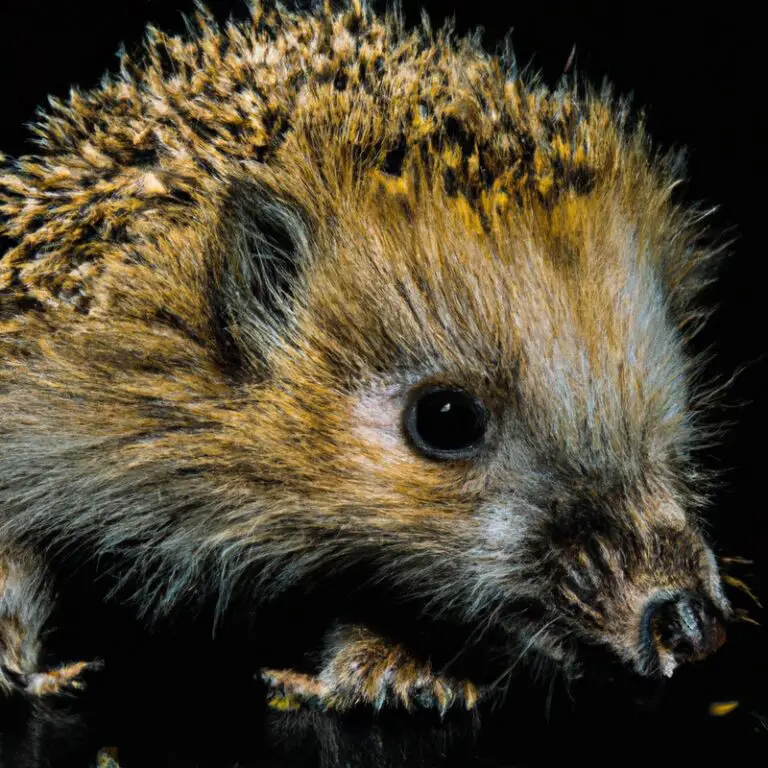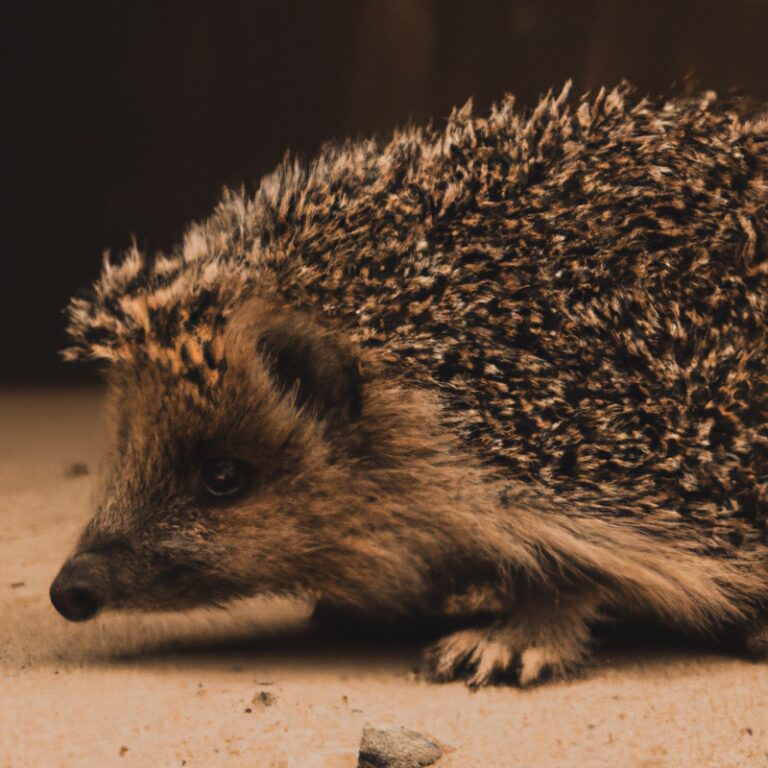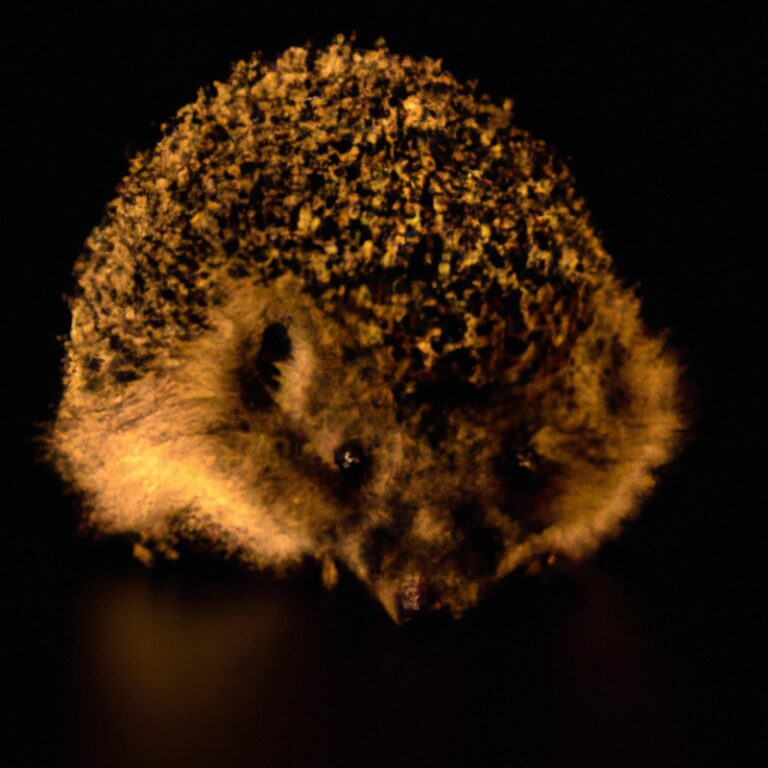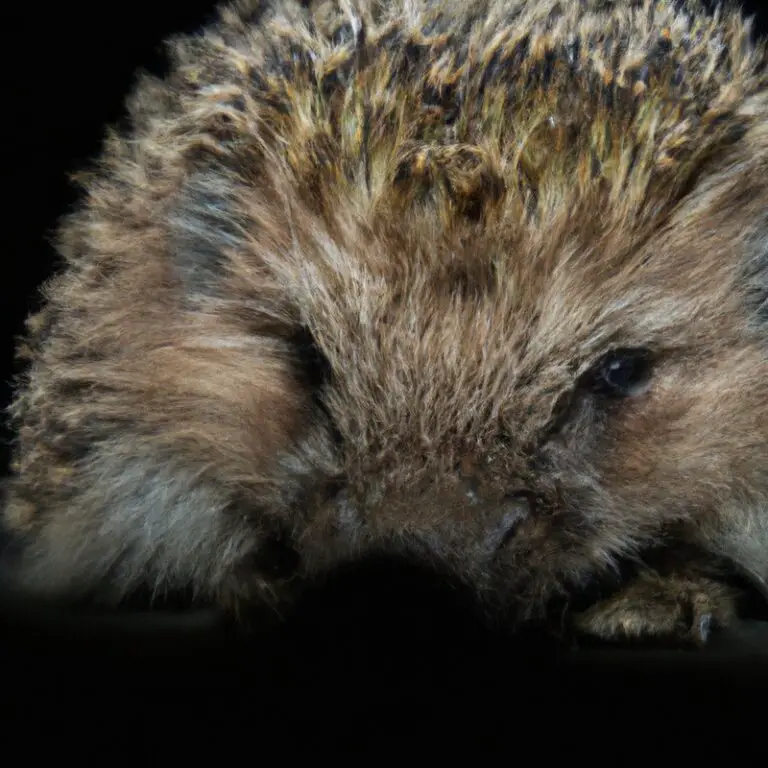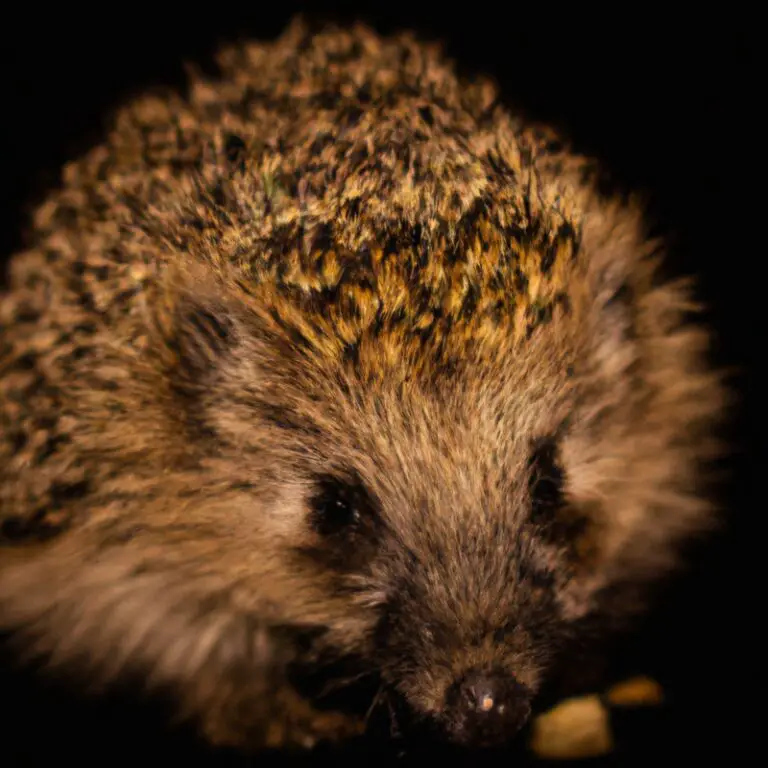How Do Hedgehogs Interact With Different Plant Species?
Key Takeaways:
- Hedgehogs have diverse interactions with different plant species, including foraging, nesting, and seeking shelter.
- Some plants attract hedgehogs with their fruits, flowers, or leaves, providing a food source or habitat.
- Hedgehogs use various plants for nesting materials, such as leaves, grass, and moss.
- Certain plant species, like brambles and hedges, can create a protective barrier for hedgehogs against predators.
Have you ever wondered about the fascinating relationship between hedgehogs and plants?
These spiky little creatures may be known for their adorable appearance, but they also play a crucial role in shaping our natural environment.
From seed dispersal to pollination, hedgehogs have a surprisingly significant impact on various plant species.
Join me on a journey as we explore the intricacies of hedgehog-plant interactions, both in the wild and within our own gardens.
Discover the benefits, threats, and ways we can support these unique relationships to create a thriving ecosystem.
Get ready to delve into the captivating world of hedgehogs and their interactions with different plant species.
| Plant Species | Hedgehog Interaction |
|---|---|
| Rose | Hedgehogs may use rose bushes for shelter and protection, but they are not known to consume rose plants. |
| Lavender | Hedgehogs are attracted to the scent of lavender and may use it for nesting material. |
| Blackberry | Hedgehogs are known to eat blackberries and may forage for them in areas with blackberry bushes. |
| Holly | Hedgehogs may use holly bushes for shelter and protection, but they are not known to consume holly plants. |
| Dandelion | Hedgehogs are known to eat dandelions and may forage for them in open grassy areas. |
| Hazelnut | Hedgehogs may eat hazelnuts if they come across them, but they are not a significant part of their diet. |
Hedgehog diet and natural habitat
Hedgehogs have a varied diet that includes insects, worms, snails, and even small mammals, but they primarily rely on plant material for sustenance. Hedgehogs prefer to forage in areas with dense vegetation, such as forests, grasslands, and gardens, where they can find their preferred food sources and suitable shelter.
What do hedgehogs eat?
Hedgehogs have varied diets that consist mainly of insects, worms, and other small invertebrates. They are known as insectivores because their primary food source is insects.
Hedgehogs are opportunistic eaters and will also consume amphibians, birds’ eggs, fruit, and vegetation when available.
They are skilled hunters and forage at night, using their excellent sense of smell to detect prey. Additionally, hedgehogs have been known to eat carrion and even small mammals if necessary.
Overall, they have a diverse diet that allows them to adapt to different environments.
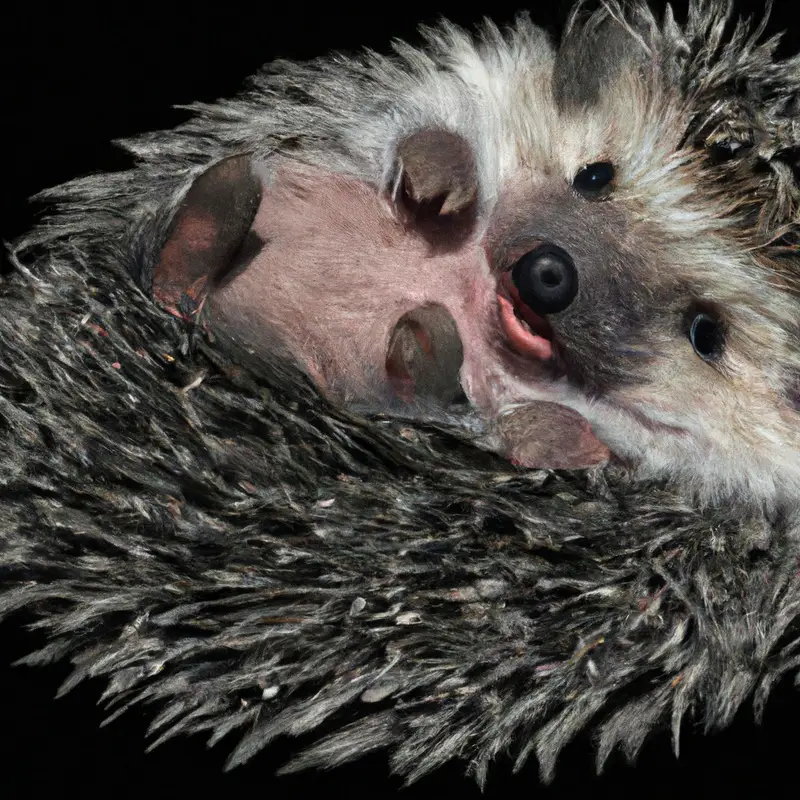
Hedgehog foraging habits and preferences
Hedgehogs have specific foraging habits and preferences. They are primarily insectivores, so insects like beetles, caterpillars, and earthworms are a staple in their diet.
They also enjoy feeding on slugs, snails, and spiders.
Hedgehogs are not picky eaters and can eat a wide variety of plant species as well. They may consume berries, fruits, and seeds if available.
However, it is important to note that their main source of nutrition comes from protein-rich insects.
Plus, hedgehogs are nocturnal creatures, so they do most of their foraging at night.

Hedgehog natural habitat and its effect on plant interactions
Hedgehogs play an important role in their natural habitat by interacting with different plant species. As they forage for food, hedgehogs inadvertently aid in seed dispersal, helping to propagate plant growth.
Additionally, hedgehogs’ presence can deter certain herbivores, preventing them from damaging plants.
However, it’s crucial to ensure that hedgehogs have access to a diverse range of plants in their habitat to support their diet and overall well-being. By maintaining a suitable habitat for hedgehogs, we can promote beneficial plant interactions and contribute to the overall health of local ecosystems.
Hedgehog-plant interactions in the wild
In the wild, hedgehogs interact with different plant species in a variety of ways.
Hedgehogs as seed dispersers
Hedgehogs play an important role in seed dispersal. As they move through their habitats, they can inadvertently pick up and carry seeds on their fur and spines.
This helps to disperse the seeds to new locations as the hedgehog continues to travel.
Once the seeds are carried away from the parent plant, they have a greater chance of germinating and establishing new populations. So, next time you see a hedgehog wandering around, remember that they are not only cute but also important seed dispersers in nature.
Hedgehog diet and its impact on plant populations
Hedgehogs have a varied diet consisting of insects, earthworms, slugs, and even small vertebrates like frogs and mice.
While their preferences may differ, their foraging habits can have a significant impact on plant populations.
Hedgehogs play a crucial role in controlling the populations of insects and other invertebrates, which can be harmful to plants.
By consuming these pests, hedgehogs indirectly promote plant growth and biodiversity.
Additionally, their droppings act as a natural fertilizer, enriching the soil and benefiting plant growth.
Overall, hedgehogs help create a balanced ecosystem by maintaining a healthy plant population.
Hedgehogs as pollinators
Hedgehogs play a role in pollination by accident.
As they move through grassy areas, their spines can pick up pollen from flowers.
When they later rub against another flower, some of that pollen may be transferred, aiding in fertilization.
While not intentional pollinators like bees or butterflies, hedgehogs contribute to the process in a small way.
This interaction helps to support the biodiversity and ecological balance in their habitats.
Hedgehogs and garden plants
Hedgehogs can have an impact on garden ecosystems, including their interaction with various plant species.
Hedgehogs and their impact on garden ecosystems
Hedgehogs have a positive impact on garden ecosystems. They help control pest populations by feeding on insects, slugs, and snails.
This can prevent damage to garden plants.
Additionally, hedgehogs aid in the dispersal of plant seeds through their droppings, helping to promote plant diversity. Creating hedgehog-friendly habitats in your garden, such as providing shelter and access to water, can encourage their presence and support a healthier ecosystem.
Common garden plants that attract hedgehogs
Hedgehogs are attracted to a variety of plants in gardens. Some common garden plants that attract hedgehogs include:
- Bushy shrubs and hedges: These provide great hiding spots and protection for hedgehogs.
- Wildflowers: Daisies, buttercups, and clover are popular choices as they attract insects for hedgehogs to feed on.
- Berry-bearing plants: Hedgehogs love berries! Plants like blackberries, strawberries, and raspberries are a hit.
- Native trees: Oak, beech, and birch trees provide shelter, food, and nesting sites for hedgehogs.
- Herbaceous plants: Plants like lavender, marigolds, and catnip can attract hedgehogs with their scent.
Creating a diverse garden with these plants can help make your outdoor space more appealing to hedgehogs. Just remember to leave areas wild and undisturbed for hedgehogs to feel safe.
Steps to create a hedgehog-friendly garden
To create a hedgehog-friendly garden, start by creating shelter.
Leave areas of long grass or piles of leaves for them to use as nesting spots.
Provide access points by creating small gaps in fences or installing hedgehog highways.
Avoid using chemicals and pesticides, as they can be harmful to hedgehogs.
Provide a water source, like a shallow dish, and leave out food such as wet cat or dog food.
Finally, ensure there are no hazards like ponds without escape routes.
A hedgehog-friendly garden will provide a safe and welcoming habitat for these adorable creatures.
Benefits of hedgehog-plant interactions
Hedgehog-plant interactions offer various benefits, including biodiversity conservation and seed dispersal.
Biodiversity conservation through hedgehog-plant interactions
Hedgehog-plant interactions contribute to biodiversity conservation.
Hedgehogs play a vital role in seed dispersal, helping to spread plant species.
They also provide natural pest control by consuming insects harmful to plants.
Meanwhile, plants provide hedgehogs with food and shelter.
This mutually beneficial relationship helps maintain ecosystem balance and supports diverse plant and animal populations.
By promoting hedgehog populations and preserving their habitats, we can contribute to biodiversity conservation efforts.
Importance of hedgehog-mediated seed dispersal
Hedgehog-mediated seed dispersal is important for the survival and diversity of plant species. When hedgehogs feed on fruits or seeds, they can unknowingly transport them to new areas through their droppings.
This process allows plants to spread to different habitats, promoting genetic diversity and increasing their chances of survival.
Additionally, hedgehogs have a preference for certain plant species, which can help promote the growth and propagation of those plants. Overall, hedgehog-mediated seed dispersal plays a vital role in maintaining the ecosystem’s balance and supporting plant populations.
Hedgehog contributions to pollination and plant reproduction
Hedgehogs contribute to pollination and plant reproduction by acting as seed dispersers. As they move around, hedgehogs can inadvertently pick up pollen on their quills and transfer it between flowers, aiding in cross-pollination.
Additionally, hedgehogs consume fruits and seeds from various plant species, digestion doesn’t destroy the seeds, but rather ensures they are deposited in a new location through their droppings.
The seeds subsequently have the opportunity to germinate and grow, promoting plant reproduction and dispersion.
Threats to hedgehog-plant interactions
Habitat loss, pesticide use, and climate change pose significant threats to hedgehog-plant interactions.
Habitat loss and its impact on hedgehog-plant interactions
Habitat loss is a significant threat to hedgehog-plant interactions.
When their natural habitats are destroyed or fragmented, hedgehogs find it difficult to access the plant species they rely on for food and shelter.
This can disrupt their foraging behavior and impact their overall population dynamics.
Additionally, habitat loss can lead to a decline in plant diversity, which further reduces the availability of suitable resources for hedgehogs.
It is important to address habitat loss to ensure the conservation of hedgehog-plant interactions.
Pesticide use and its effect on hedgehogs and plants
Pesticide use can have detrimental effects on both hedgehogs and plants.
Hedgehogs, being insectivores, rely on insects for their diet.
Pesticides can reduce the availability of insects, leading to food scarcity for hedgehogs.
Additionally, exposure to pesticides can directly harm hedgehogs, causing illness or death.
On the other hand, plants may suffer from pesticide use as well.
Some pesticides can be toxic to plants, affecting their growth and overall health.
It is important to carefully consider the use of pesticides to minimize harm to both hedgehogs and plants.
Climate change and its implications for hedgehog-plant interactions
Climate change has significant implications for hedgehog-plant interactions. Rising temperatures can affect the timing of plant flowering and disrupt the synchronization with hedgehog foraging patterns.
This can lead to reduced food availability for hedgehogs, impacting their survival and reproductive success.
Changes in precipitation patterns may also affect plant growth and availability, further affecting hedgehog-plant interactions. Overall, climate change poses a threat to the delicate balance between hedgehogs and the plants they rely on for food and habitat.
How to support hedgehog-plant interactions
To support hedgehog-plant interactions, you can focus on conservation efforts, create wildlife corridors, and promote organic gardening practices.
Conservation efforts to protect hedgehog populations
Conservation efforts to protect hedgehog populations involve creating hedgehog-friendly habitats, reducing habitat fragmentation, and raising awareness about their declining numbers.
Providing access to food and water sources, such as leaving out food or installing hedgehog-friendly water features, can also support their survival.
It is important to minimize the use of pesticides and create safe passage for hedgehogs through hedgehog-friendly fencing and tunnels.
Additionally, supporting local wildlife rescue centers and participating in citizen science projects can contribute to protecting hedgehog populations.
Creating wildlife corridors for hedgehogs
Creating wildlife corridors for hedgehogs is essential for their survival and movement. Here are a few simple steps you can take to support their habitat:
- Maintain connected green spaces: Ensure there are patches of undisturbed vegetation, allowing hedgehogs to move freely between areas.
- Remove barriers: Clear any walls, fences, or other physical barriers that hinder hedgehogs’ natural movement.
- Plant hedgehog-friendly species: Choose native plants that provide food, shelter, and cover for hedgehogs, such as hedgerows and native wildflowers.
- Avoid pesticides: Opt for organic gardening methods and avoid using pesticides or herbicides, as these can harm hedgehogs and their food sources.
- Provide water sources: Set up shallow dishes or ponds for hedgehogs to drink from and bathe.
- Promote awareness: Spread the word about creating wildlife corridors for hedgehogs and educate others about the importance of their conservation.
By taking these steps, you can contribute to the creation of wildlife corridors that allow hedgehogs to move safely and thrive in their environments.
Promoting organic gardening practices for hedgehog welfare
Promoting organic gardening practices is a great way to support hedgehog welfare. By avoiding the use of synthetic pesticides and fertilizers, you create a healthier environment for hedgehogs.
Instead, opt for natural alternatives and companion planting techniques to deter pests.
Providing water sources and creating hedgehog-friendly habitats in your garden can also encourage these adorable creatures to visit and thrive. Remember, small steps like these can make a big difference in promoting hedgehog welfare.
Frequently Asked Questions
Do hedgehogs eat all types of plants?
Hedgehogs generally do not eat all types of plants.
Their diet primarily consists of insects, snails, worms, and occasionally small vertebrates like frogs.
However, some hedgehogs may also consume certain types of fruits and vegetables.
It is important to note that while hedgehogs may nibble on plants, their primary source of nutrition comes from animal-based food.
Therefore, if you have plants in your garden, it is unlikely that hedgehogs will cause significant damage to them.
Can hedgehogs harm garden plants?
Hedgehogs are unlikely to harm garden plants. Their diet primarily consists of insects, slugs, and snails, which are actually beneficial for gardens.
While hedgehogs may occasionally cause minor disruption by foraging or creating small burrows, they typically do not pose a significant threat to plants.
In fact, having hedgehogs in your garden can help to control pests and contribute to a healthy ecosystem.
How can I attract hedgehogs to my garden?
To attract hedgehogs to your garden, you can create a hedgehog-friendly environment. Provide shelter by making a pile of logs or leaves.
Leave patches of long grass or dense vegetation for nesting.
Ensure a water source like a shallow dish. Avoid using pesticides that can harm hedgehogs or their food sources.
Lastly, provide supplementary food like wet cat or dog food, mealworms, or specialized hedgehog food.
A welcoming garden can provide a safe haven for hedgehogs to thrive.
Final Verdict
Hedgehogs play a unique and important role in plant interactions in both natural habitats and gardens.
Their diet and foraging habits make them effective seed dispersers and contribute to plant population dynamics.
Additionally, hedgehogs can serve as pollinators, promoting plant reproduction.
These interactions have significant implications for biodiversity conservation and ecosystem health.
However, threats such as habitat loss, pesticide use, and climate change pose challenges to hedgehog-plant interactions.
To support this important relationship, conservation efforts, the creation of wildlife corridors, and the promotion of organic gardening practices are essential.
By understanding and supporting hedgehog-plant interactions, we can contribute to the conservation of both these fascinating creatures and the diverse plant species they rely on.

